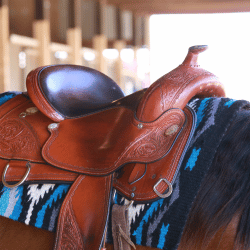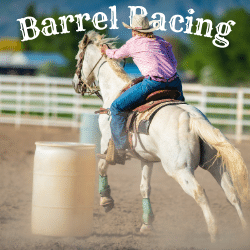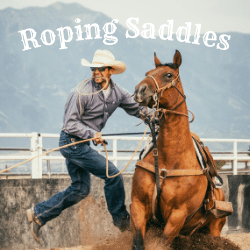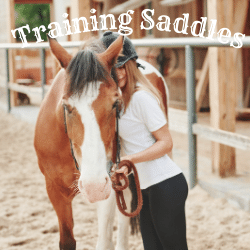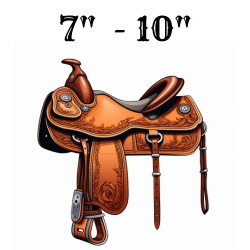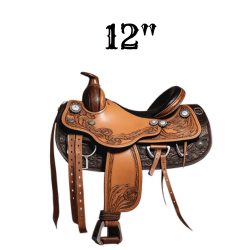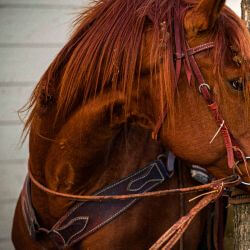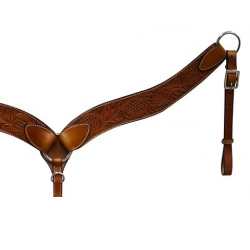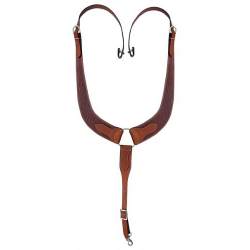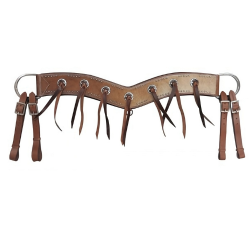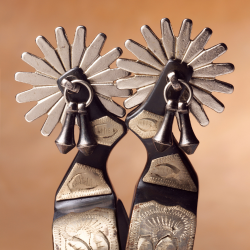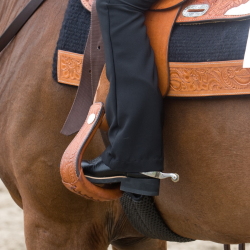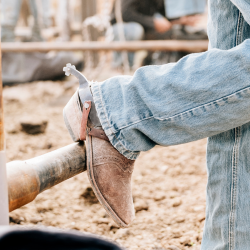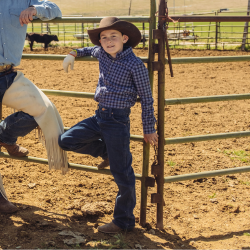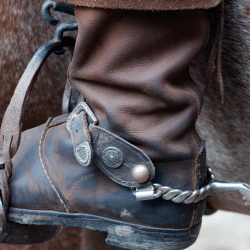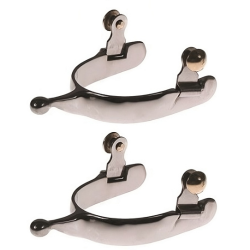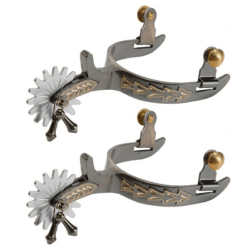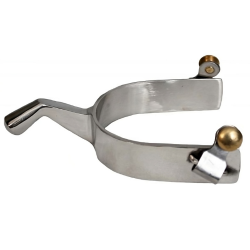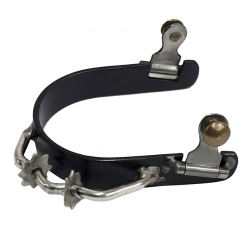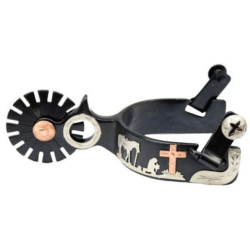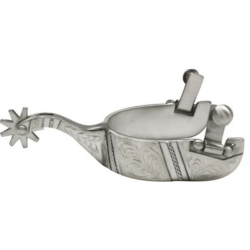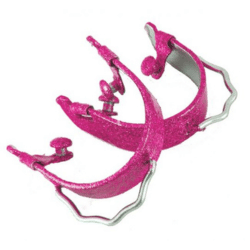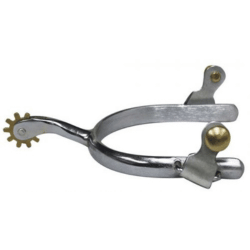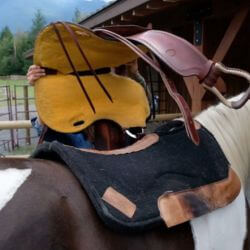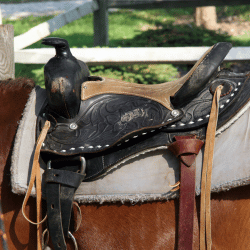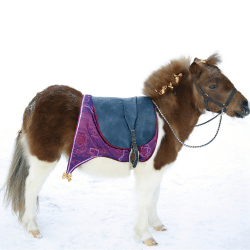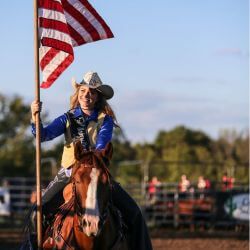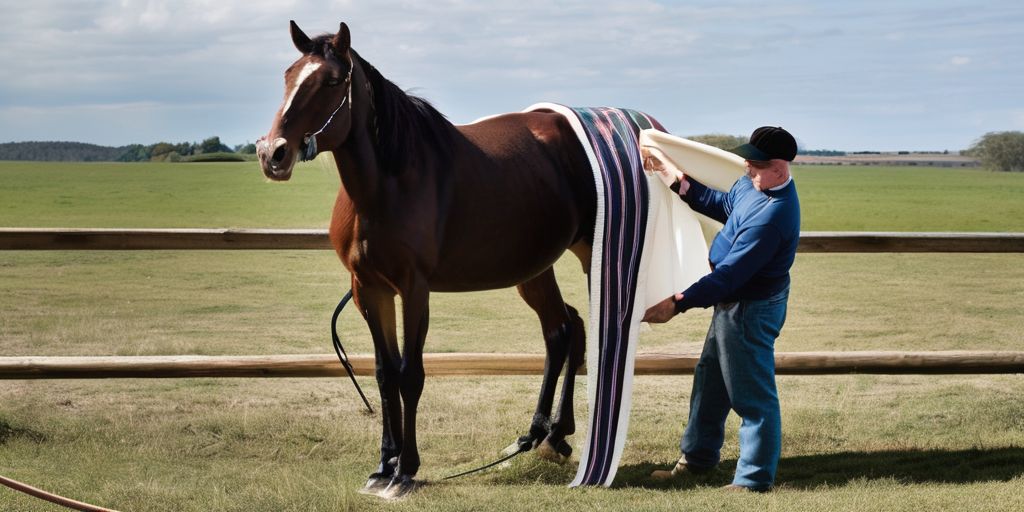Blanketing is an important aspect of horse care, as it helps to protect horses from the elements and maintain their body temperature. However, knowing the best time to blanket your horse can be a bit tricky. In this article, we will explore the importance of blanketing, how to choose the right blanket for your horse, and when to blanket based on the season and weather conditions. By understanding these key factors, you can ensure that your horse stays comfortable and healthy throughout the year.
Key Takeaways
- Blanketing helps protect horses from the elements and maintain their body temperature.
- Factors such as age, health, and natural coat thickness should be considered before blanketing.
- Monitoring temperature and weather conditions is crucial in determining when to blanket.
- Signs that your horse may need a blanket include shivering, a fluffed-up coat, and seeking shelter.
- Different types of blankets, sizing and fit considerations, and insulation options should be taken into account when choosing a blanket.
Understanding the Importance of Blanketing
The Role of Blankets in Horse Care
Blankets play a crucial role in horse care, providing protection and comfort for our equine friends. They serve as a barrier against the elements, helping to regulate body temperature and keep horses warm during cold weather. Blankets also help to keep horses dry by repelling rain and snow, preventing them from getting wet and potentially developing health issues. Additionally, blankets can provide a layer of padding and protection, reducing the risk of injuries from bumps and scrapes. Overall, blankets are an essential tool in maintaining the well-being of our horses.
Factors to Consider Before Blanketing
Before deciding to blanket your horse, there are several important factors to consider:
-
Temperature: Assess the current and forecasted temperatures to determine if your horse may need extra warmth.
-
Horse's Coat: Consider your horse's natural coat and how well it insulates them. Some horses have thicker coats and may not need a blanket as often.
-
Activity Level: Take into account your horse's activity level. Horses that are more active generate more body heat and may not require a blanket as frequently.
-
Health and Age: Consider your horse's health and age. Older horses or horses with health issues may benefit from additional warmth.
-
Blanket Fit: Ensure that the blanket fits properly and does not restrict movement or cause discomfort.
-
Blanket Type: Choose a blanket that is suitable for the current weather conditions and provides the appropriate level of insulation.
Remember, it's important to regularly assess your horse's needs and adjust their blanketing accordingly.
The Impact of Weather on Blanketing Decisions
When making decisions about blanketing your horse, it is important to consider the weather conditions. Extreme weather, such as very cold temperatures or heavy rain, can have a significant impact on your horse's comfort and well-being. In these conditions, a blanket can provide much-needed protection and insulation.
However, it is also important to be mindful of mild weather. If the temperature is moderate and there is no precipitation, your horse may not need a blanket and can regulate their body temperature naturally.
To help you make informed decisions, here are some factors to consider:
- Temperature: Pay attention to the actual temperature, as well as the wind chill factor.
- Precipitation: Rain, snow, or sleet can make your horse wet and cold, so a waterproof blanket may be necessary.
- Humidity: High humidity can affect how well your horse's coat insulates them.
Remember, every horse is unique, so it is important to monitor your horse's behavior and body condition to determine their individual needs.
Choosing the Right Blanket for Your Horse
Different Types of Horse Blankets
When it comes to choosing the right blanket for your horse, there are several options available. Here are some of the different types of horse blankets to consider:
- Turnout Blankets: These blankets are designed to be waterproof and provide insulation, making them ideal for horses that spend a lot of time outdoors.
- Stable Blankets: Stable blankets are not waterproof but provide warmth and comfort for horses that are kept indoors.
- Coolers: Coolers are lightweight blankets that are used to wick away moisture and keep the horse warm after exercise.
It's important to consider your horse's specific needs and the climate in which they live when choosing a blanket. Remember to regularly check the fit and condition of the blanket to ensure your horse is comfortable and protected.
Sizing and Fit Considerations
When choosing a blanket for your horse, it is crucial to consider the sizing and fit. Proper fit is essential to ensure the blanket stays in place and provides maximum comfort and protection for your horse. Here are some key points to keep in mind:
- Measure your horse accurately to determine the correct size of the blanket.
- Consider the shape and build of your horse when selecting a blanket.
- Check the fit of the blanket regularly to ensure it is not too tight or too loose.
Remember, a poorly fitting blanket can cause discomfort, rubbing, or even injury to your horse. It is worth investing time in finding the right size and fit to keep your horse happy and healthy.
Materials and Insulation Options
When choosing a horse blanket, it is important to consider the materials and insulation options available. Durability is a key factor to consider, as blankets made from high-quality materials will last longer and provide better protection for your horse. Waterproof materials are essential to keep your horse dry in wet weather conditions.
Insulation is another important consideration. Thermal insulation is crucial for keeping your horse warm in cold temperatures. Look for blankets with high fill power to provide maximum warmth. Breathability is also important to prevent your horse from overheating.
Here is a table summarizing the different materials and insulation options available for horse blankets:
| Material | Insulation | Features |
|---|---|---|
| Nylon | Synthetic | Durable, lightweight |
| Polyester | Synthetic | Water-resistant, quick-drying |
| Wool | Natural | Excellent insulation, moisture-wicking |
Remember, choosing the right materials and insulation options will ensure your horse stays comfortable and protected in any weather conditions.
Determining When to Blanket Your Horse
Understanding Your Horse's Natural Coat
The natural coat of a horse plays a crucial role in regulating body temperature and protecting against the elements. Insulation is provided by the horse's coat, which consists of two types of hair: the guard hairs and the undercoat. The guard hairs are long and coarse, while the undercoat is soft and dense. This combination helps to trap air close to the horse's body, providing insulation and keeping them warm.
In addition to insulation, the horse's coat also helps to repel water. The guard hairs act as a barrier, preventing moisture from reaching the skin. This is important in wet conditions, as a wet coat can lead to discomfort and even hypothermia.
It's important to consider the condition of your horse's natural coat when deciding whether to blanket. A healthy, well-maintained coat can provide adequate protection in mild to moderate weather conditions. However, in extreme cold or wet weather, additional protection may be necessary to keep your horse comfortable and healthy.
Here are some factors to consider when evaluating your horse's natural coat:
- Thickness: A thicker coat generally provides better insulation.
- Condition: A healthy coat is shiny and free from mats or tangles.
- Growth: The rate of hair growth can vary between horses and may affect their ability to maintain body temperature.
Remember, every horse is unique, so it's important to assess their individual needs when determining whether to blanket.
Monitoring Temperature and Weather Conditions
When monitoring temperature and weather conditions, it is important to pay attention to extreme changes. Sudden drops or rises in temperature can have a significant impact on your horse's comfort and health. Additionally, keep an eye on the wind chill factor. Even if the temperature is not extremely low, strong winds can make it feel much colder for your horse.
To help you keep track of the weather, consider using a weather app or website that provides accurate and up-to-date information. This will allow you to make informed decisions about when to blanket your horse.
Here are some key factors to consider when monitoring temperature and weather conditions:
- Temperature fluctuations
- Wind chill factor
- Precipitation
- Humidity
Remember, every horse is different, so it's important to observe your horse's behavior and body language to determine if they need a blanket. If your horse is shivering, seeking shelter, or showing signs of discomfort, it may be time to put on a blanket.
Tip: When in doubt, it's better to err on the side of caution and provide your horse with a blanket to ensure their comfort and well-being.
Signs Your Horse Needs a Blanket
When determining whether your horse needs a blanket, it's important to pay attention to certain signs. Shivering is a clear indication that your horse is feeling cold and may benefit from a blanket. Additionally, if you notice fluffed-up hair or piloerection, it means your horse is trying to trap air to keep warm and could use some extra insulation.
Another sign to look out for is loss of body condition. If your horse is losing weight or has a hard time maintaining a healthy body condition, providing a blanket can help conserve energy and prevent further weight loss.
In some cases, extreme weather conditions can also warrant the use of a blanket. If there are strong winds, heavy rain, or freezing temperatures, it's important to provide your horse with the necessary protection to keep them comfortable and safe.
Remember, every horse is different, so it's crucial to observe your horse's behavior and condition to determine if they need a blanket.
Blanketing Strategies for Different Seasons
Blanketing in Winter: Keeping Your Horse Warm
During the winter months, it is crucial to keep your horse warm and comfortable. Cold temperatures can be challenging for horses, especially those that are older or have health issues. Here are some tips to help you keep your horse warm:
- Provide adequate shelter: Make sure your horse has access to a well-insulated shelter to protect them from harsh winds and precipitation.
- Use a heavyweight blanket: Invest in a high-quality heavyweight blanket that provides excellent insulation. This will help trap your horse's body heat and keep them warm.
- Monitor body condition: Regularly check your horse's body condition to ensure they are maintaining a healthy weight. If they start losing weight, it may be a sign that they are not staying warm enough.
Tip: Remember to remove the blanket periodically to allow your horse's skin to breathe and prevent any skin issues.
Keeping your horse warm during the winter is essential for their well-being and overall health. By following these tips, you can ensure that your horse stays comfortable and protected from the cold weather.
Blanketing in Spring and Fall: Transitioning Your Horse
As the seasons change and temperatures fluctuate, it's important to properly transition your horse's blanket to ensure their comfort and well-being. Here are some tips to help you navigate the spring and fall seasons:
-
Gradually adjust the weight of the blanket: Start with a lighter blanket in the early spring or fall when temperatures are milder, and gradually increase the weight as the weather gets colder.
-
Monitor your horse's body condition: Regularly assess your horse's body condition to determine if they need more or less insulation. Adjust the blanket accordingly to maintain their optimal body temperature.
-
Pay attention to moisture levels: Spring and fall can bring unpredictable weather, so it's important to choose a blanket that provides protection from both rain and wind. Ensure the blanket is breathable to prevent moisture buildup and keep your horse dry.
-
Provide extra layers for temperature fluctuations: Layering blankets can be beneficial during the transitional seasons. Use a lightweight liner under the main blanket to provide additional warmth when needed.
Tip: Keep an eye on your horse's behavior and overall comfort level. If they are constantly shivering or sweating excessively, it may be a sign that the blanket needs adjustment.
Blanketing in Summer: Protecting from Insects and Sun
During the summer months, it is important to protect your horse from both insects and the harmful rays of the sun. Insects such as flies, mosquitoes, and ticks can not only cause irritation and discomfort to your horse, but they can also transmit diseases. To keep your horse comfortable and healthy, consider using fly sheets, fly masks, and fly repellents.
In addition to insects, the sun's rays can be damaging to your horse's skin and coat. Sunburn can occur, especially on horses with light-colored or pink skin. To protect your horse from the sun, provide shade in the pasture or use a UV-protective fly sheet. Applying sunscreen to sensitive areas such as the nose and ears can also help prevent sunburn.
To ensure your horse stays cool during the summer, it is important to provide access to fresh water at all times. Hydration is key in preventing heat stress and dehydration. Make sure your horse has access to a clean water source and monitor their water intake regularly.
Remember, during the summer months, it is essential to regularly check your horse for any signs of discomfort or distress. Heat exhaustion can be a serious condition, so it is important to be vigilant. Look out for excessive sweating, rapid breathing, and lethargy. If you notice any of these signs, move your horse to a cooler area and provide them with water.
In summary, protecting your horse from insects and the sun during the summer is crucial for their well-being. By using fly sheets, providing shade, and ensuring proper hydration, you can help keep your horse comfortable and healthy.
Conclusion
In conclusion, the best time to blanket your horse depends on various factors such as the weather conditions, the horse's health and activity level, and personal preferences. It is important to consider the temperature, humidity, and precipitation levels to determine if your horse needs a blanket. Additionally, consulting with a veterinarian or equine specialist can provide valuable insights and recommendations. Remember to regularly assess your horse's body condition and adjust the blanket accordingly. By taking these factors into consideration, you can ensure the comfort and well-being of your horse throughout the year.
Frequently Asked Questions
Should I blanket my horse year-round?
Blanketing your horse year-round depends on various factors such as the climate, your horse's health, and their natural coat. It is recommended to consult with a veterinarian or an equine professional to determine the best blanket strategy for your horse.
What type of blanket is best for my horse?
The type of blanket that is best for your horse depends on their specific needs and the weather conditions. There are different types of blankets available, including turnout blankets, stable blankets, and sheets. Consider factors such as waterproofness, insulation, and breathability when choosing a blanket.
How do I know if my horse is too hot or too cold in a blanket?
To determine if your horse is too hot or too cold in a blanket, monitor their behavior and body temperature. Signs of overheating include sweating, restlessness, and increased breathing rate. Signs of being too cold include shivering, a tense posture, and a decrease in activity. Adjust the blanket accordingly based on your horse's comfort.
Can I leave a blanket on my horse overnight?
Leaving a blanket on your horse overnight is generally safe as long as the blanket is properly fitted, breathable, and appropriate for the weather conditions. However, it is important to regularly check the blanket for any signs of discomfort or rubbing and adjust or remove it if necessary.
How often should I clean my horse's blanket?
The frequency of cleaning your horse's blanket depends on factors such as the level of dirt and sweat accumulation, the type of blanket, and the horse's living conditions. It is recommended to follow the manufacturer's instructions for cleaning and maintenance. Regularly inspect the blanket for any damage and repair or replace as needed.
Can I use a human blanket for my horse?
Using a human blanket for your horse is not recommended. Horse blankets are specifically designed for the unique needs and anatomy of horses, including their size, shape, and movement. Human blankets may not provide the necessary protection and freedom of movement for a horse, and they may also pose safety risks.

